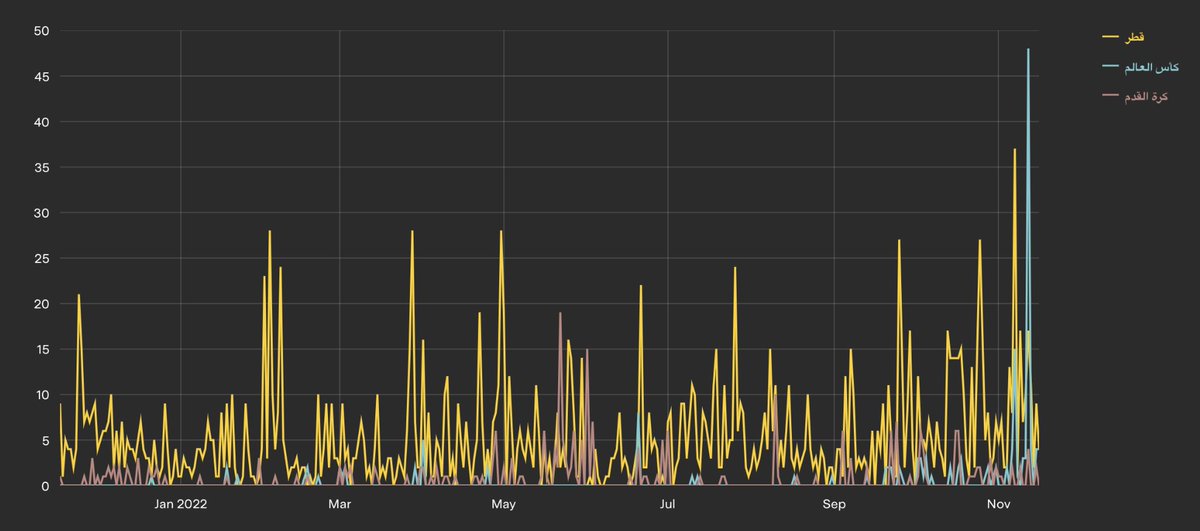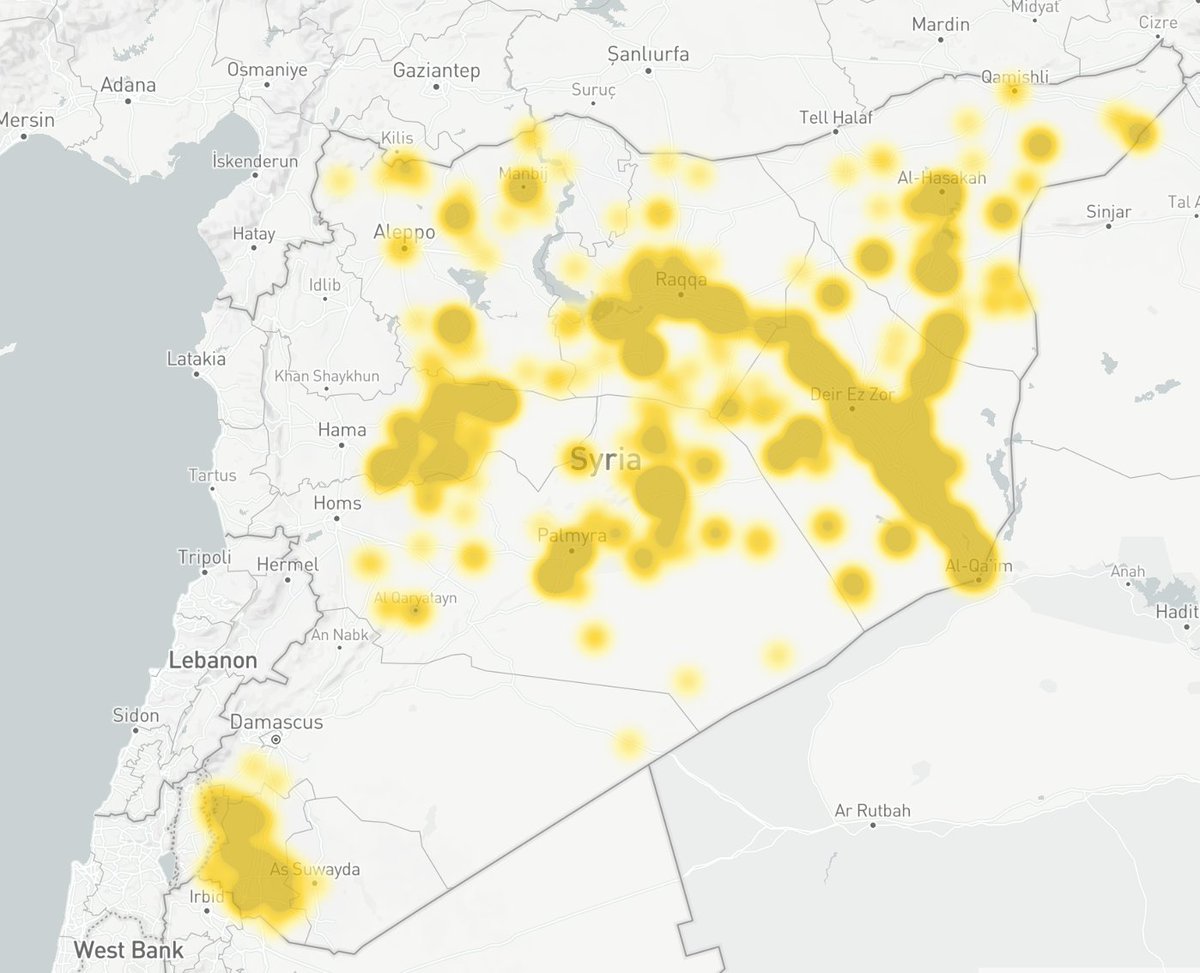1. The attack on #Kabul Cricket Stadium is as yet unclaimed, but it’s worth noting that, as of today, #ISKP has been inactive for 13 days in a row.
That’s the longest period since September 2021, when it was gearing up to launch the most intensive campaign in its recent history.
That’s the longest period since September 2021, when it was gearing up to launch the most intensive campaign in its recent history.

2. This summer’s slump has seen #ISKP become somewhat sidelined as an issue in #Afghanistan.
This graph shows mentions of the keyword “Daesh” on #Taliban social media since mid-2020.
Note how things peaked in Q4 2021 when #ISKP was at its most virulent.
This graph shows mentions of the keyword “Daesh” on #Taliban social media since mid-2020.
Note how things peaked in Q4 2021 when #ISKP was at its most virulent.

3. We’ve also seen a slump in official #ISKP media releases (as in, those published through #IS’s Central Media Diwan).
Importantly, this lull hasn’t been reflected in the activities of #ISKP’s less globally prominent Pashtu and Dari media offices.

Importantly, this lull hasn’t been reflected in the activities of #ISKP’s less globally prominent Pashtu and Dari media offices.


4. In recent days, #ISKP’s local language media offices have published a raft of content, anything from long-winded (as in, 100+ pages of text) attacks on the #Taliban to calls for attacks on places of “polytheist” worship (especially #Shia). 



5. To be sure, this relative lull may simply reflect the fact that the #Taliban has been exacting a lot of pressure on #ISKP of late.
However, #IS typically pauses ahead of spectaculars, as we’ve previously shown in #Afghanistan, #Iraq, and #Syria.
However, #IS typically pauses ahead of spectaculars, as we’ve previously shown in #Afghanistan, #Iraq, and #Syria.
https://twitter.com/Ex_Trac/status/1430526914482032649
6. On that basis—especially given the fact that we are not far from the Shia festival of #Ashura and that #ISKP has been ramping up its sectarian communications of late—another campaign could be on the horizon. 

7. And, given what #ISKP has been publishing locally of late, said campaign (if it happens) will likely have a dual focus on #Taliban “apostates” and #Shia/#Hindu/#Sikh “idolaters.”
We’ll be monitoring this in the coming weeks. Visit ExTrac.io for more information.
We’ll be monitoring this in the coming weeks. Visit ExTrac.io for more information.
• • •
Missing some Tweet in this thread? You can try to
force a refresh































